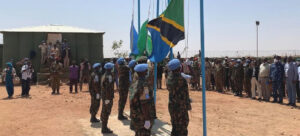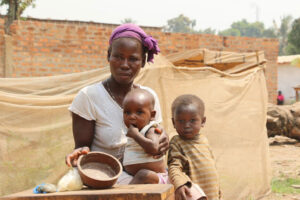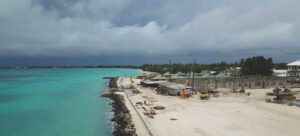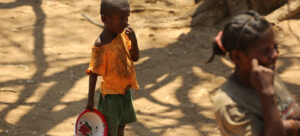Compared with 2007, more than four times as many people — some 5.3 billion — are now covered by at least one WHO-recommended tobacco control measure.
These six MPOWER measures are:
- Monitoring tobacco use and preventive measures
- Protecting people from tobacco smoke; offering help to quit
- Warning about the dangers of tobacco
- Enforcing bans on advertising
- Promotion and sponsorship
- Raising taxes on tobacco
More than half of all countries and half the world’s population are now covered by at least two MPOWER measures – an increase of 14 countries – and almost one billion more people since the last report in 2019.
Whilst half of the world’s population are exposed to tobacco products with graphic health warnings, progress has not been even across all MPOWER measures.
Raising tobacco taxes has been slow to have an impact and 49 countries remain without any MPOWER measures adopted.
New nicotine threats
Of particular concern, new data shows that children who use electronic nicotine delivery systems, such as ‘e-cigarettes’ are up to three times more likely to use tobacco products in the future.
WHO is concerned that these products are often being marketed to children and adolescents by the tobacco and related industries that manufacture them, using thousands of appealing flavours and misleading claims about the products.
The Organization recommends governments do more to implement regulations to stop non-smokers from getting addicted in the first place, to prevent renormalisation of smoking in the community, and protect future generations.
Highly addictive
“Nicotine is highly addictive. Electronic nicotine delivery systems are harmful, and must be better regulated,” said Dr Tedros Adhanom Ghebreyesus, WHO Director-General.
“Where they are not banned, governments should adopt appropriate policies to protect their populations from the harms of electronic nicotine delivery systems, and to prevent their uptake by children, adolescents and other vulnerable groups.”
Currently, 32 countries have banned the sale of electronic nicotine delivery systems (ENDS).
A further 79, have adopted at least one partial measure to prohibit the use of these products in public places, prohibit their advertising, promotion and sponsorship or require the display of health warnings on packaging.
This still leaves 84 countries where they are not regulated or restricted in any way.
‘Aggressive’ marketing
“More than one billion people around the world still smoke. And as cigarette sales have fallen, tobacco companies have been aggressively marketing new products – like e-cigarettes and heated tobacco products – and lobbied governments to limit their regulation.
Their goal is simple: to hook another generation on nicotine. We can’t let that happen,” said former New York mayor, Michael Bloomberg, WHO Global Ambassador for Noncommunicable Diseases and Injuries, and founder of Bloomberg Philanthropies.
Currently, of the estimated one billion smokers globally, around 80% live in low and middle-income countries (LMICs). Tobacco is responsible for the death of eight million people a year, including a million from second-hand smoke.
Rapidly evolving
Dr. Rüdiger Krech, Director of the Health Promotion Department at WHO, highlighted the challenges associated with their regulation. “These products are hugely diverse and are evolving rapidly.
“Some are modifiable by the user so that nicotine concentration and risk levels are difficult to regulate. Others are marketed as ‘nicotine-free’ but, when tested, are often found to contain the addictive ingredient.
“Distinguishing the nicotine-containing products from the non-nicotine, or even from some tobacco-containing products, can be almost impossible. This is just one way the industry subverts and undermines tobacco control measures.”
The report argues that while delivery systems, or ENDS, should be regulated to maximise the protection of public health, tobacco control must remain focused on reducing tobacco use globally.























